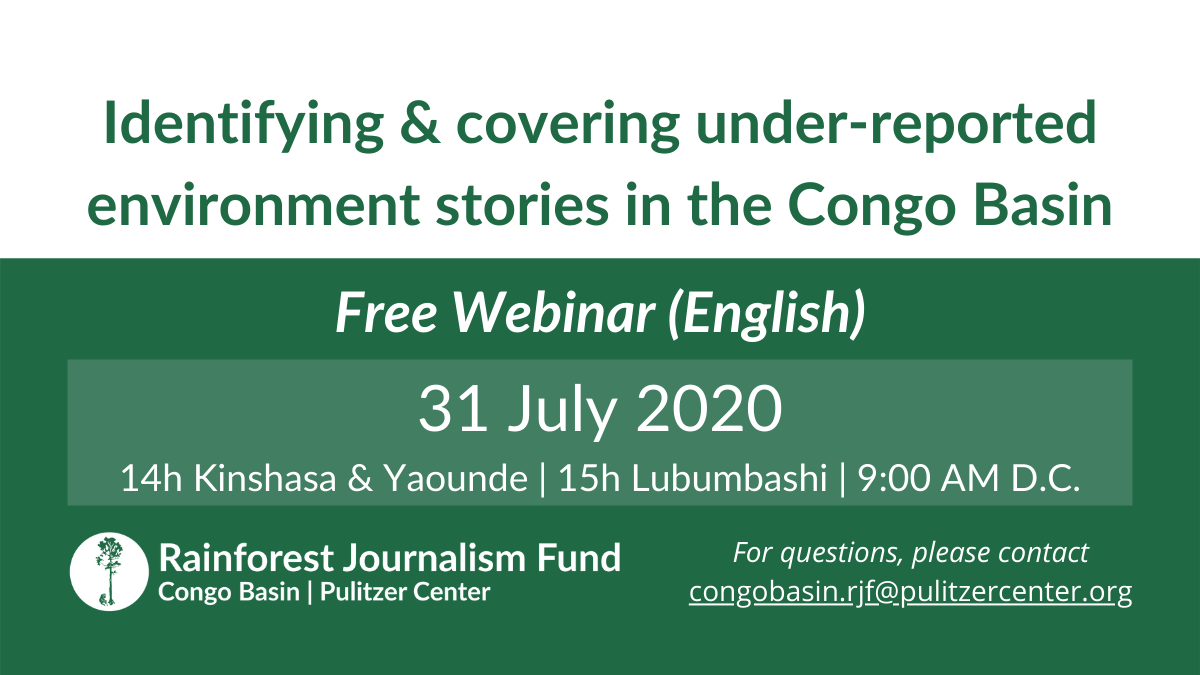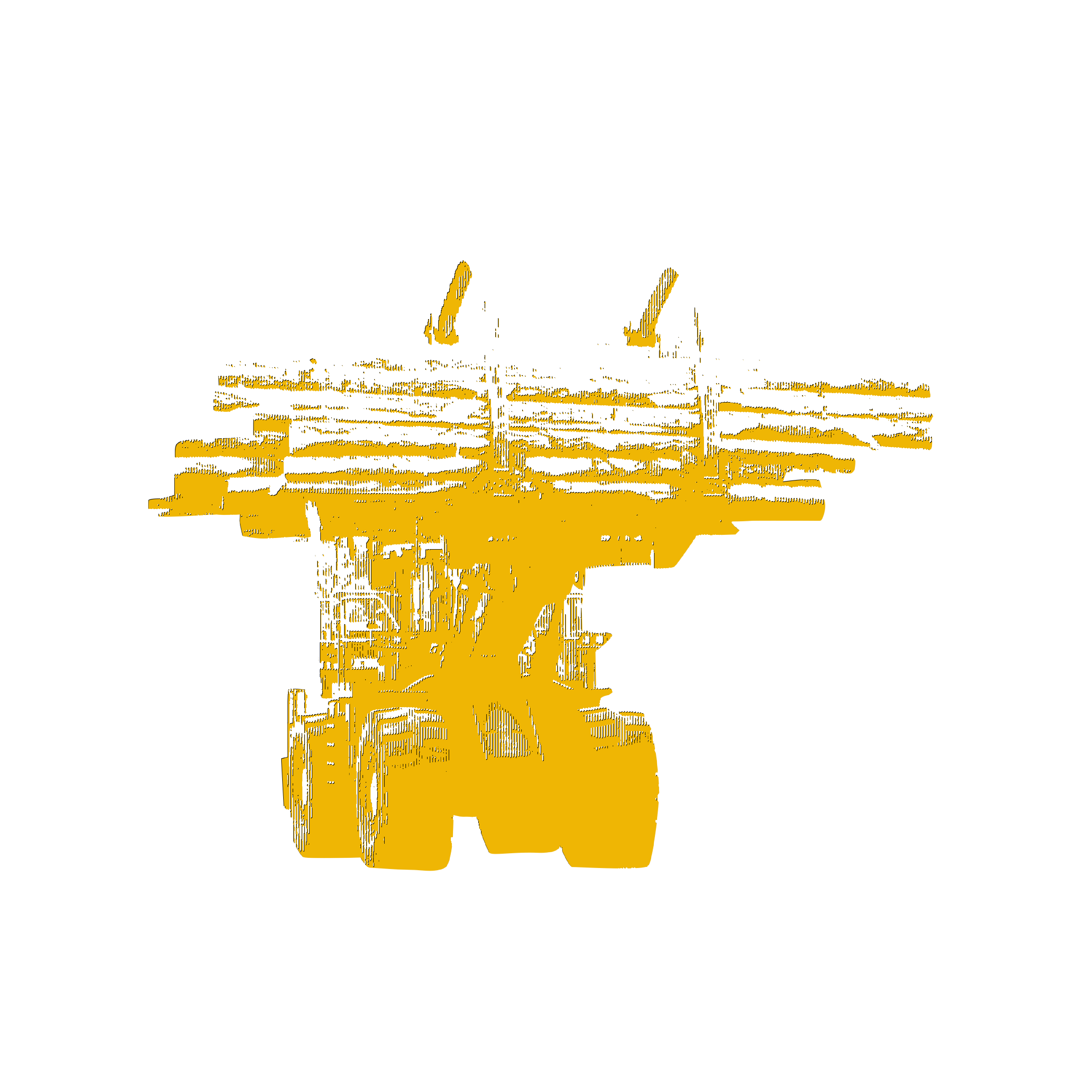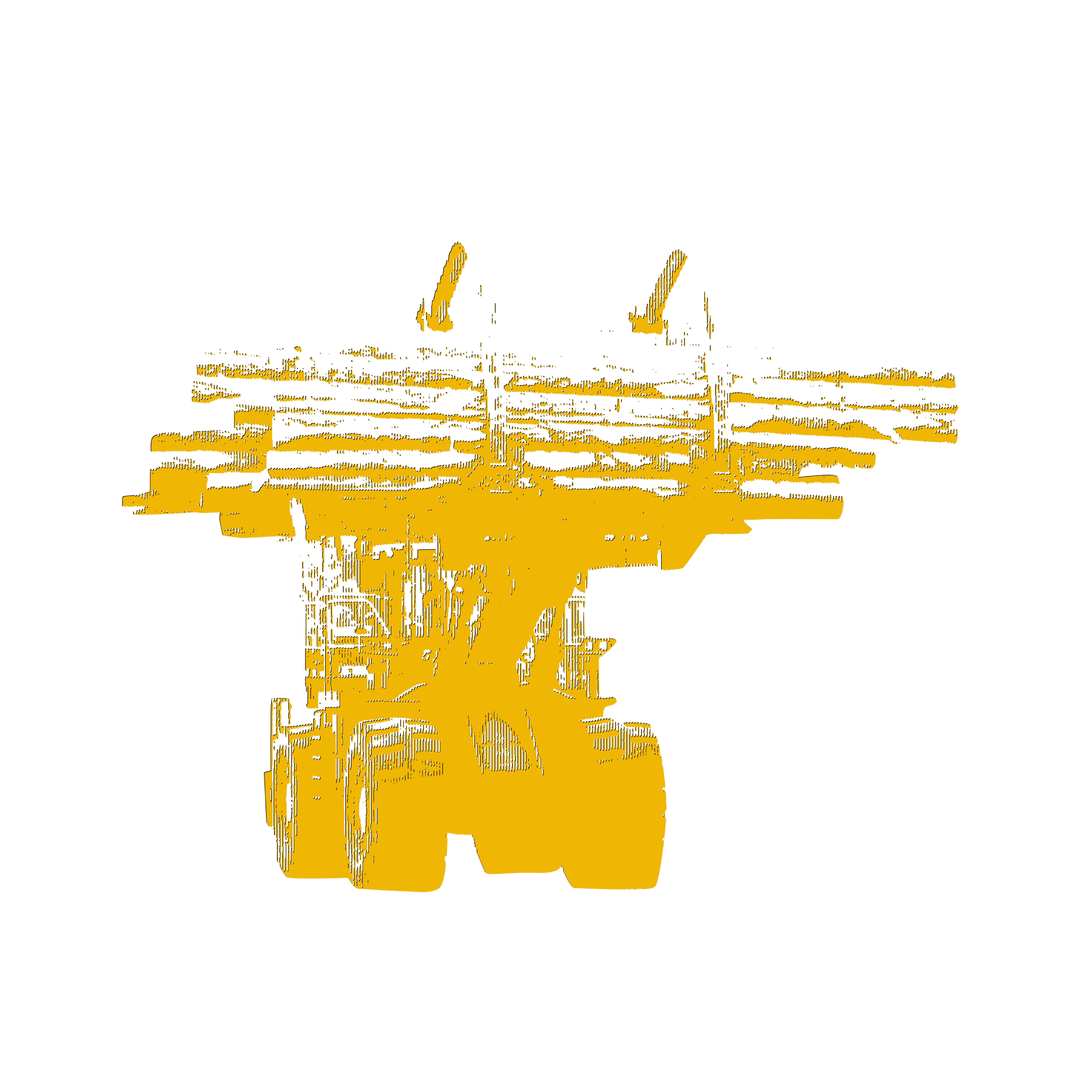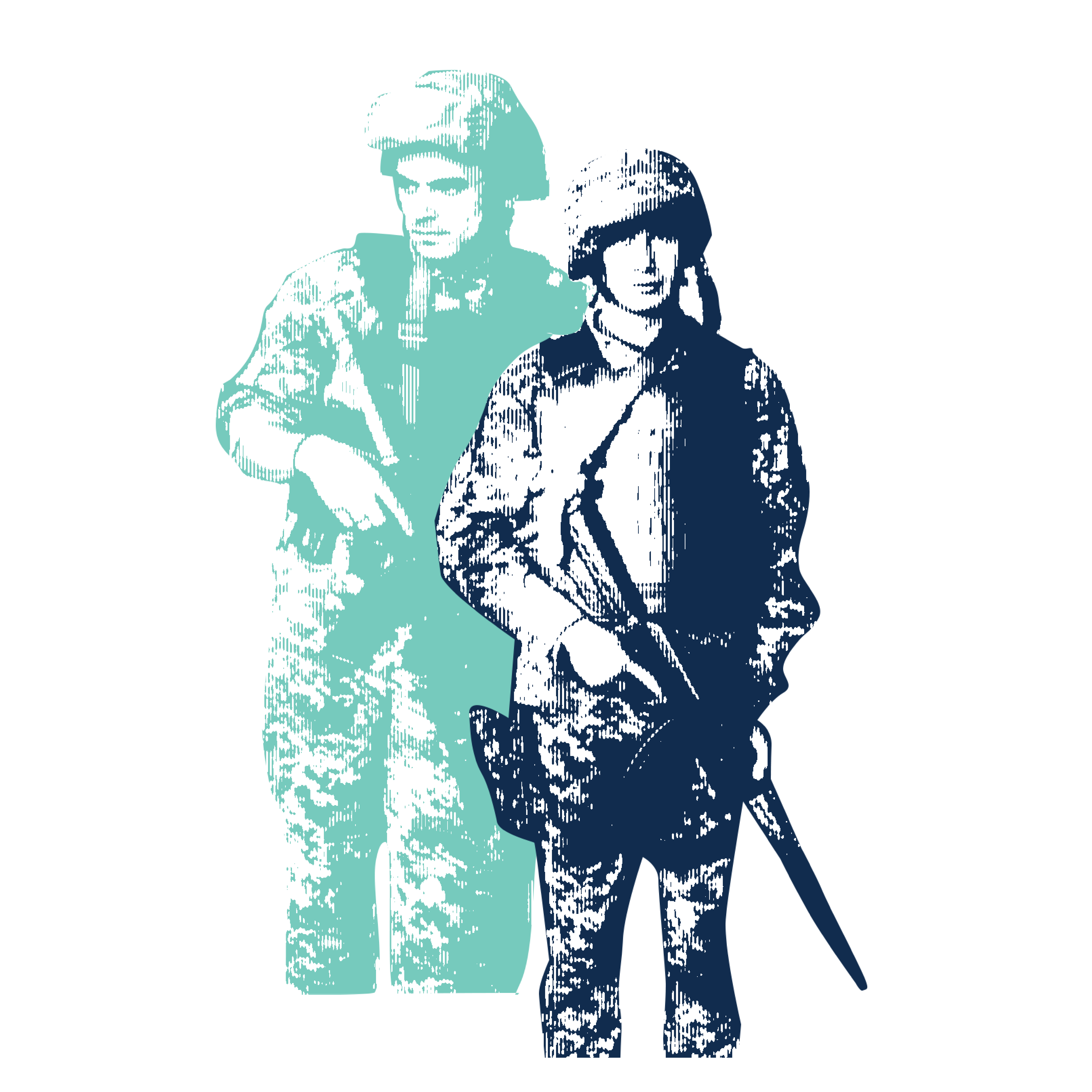Journalist Resource February 2, 2021
On-Demand Webinar: What Journalists Need To Know to Stay Safe Reporting in the Congo Basin
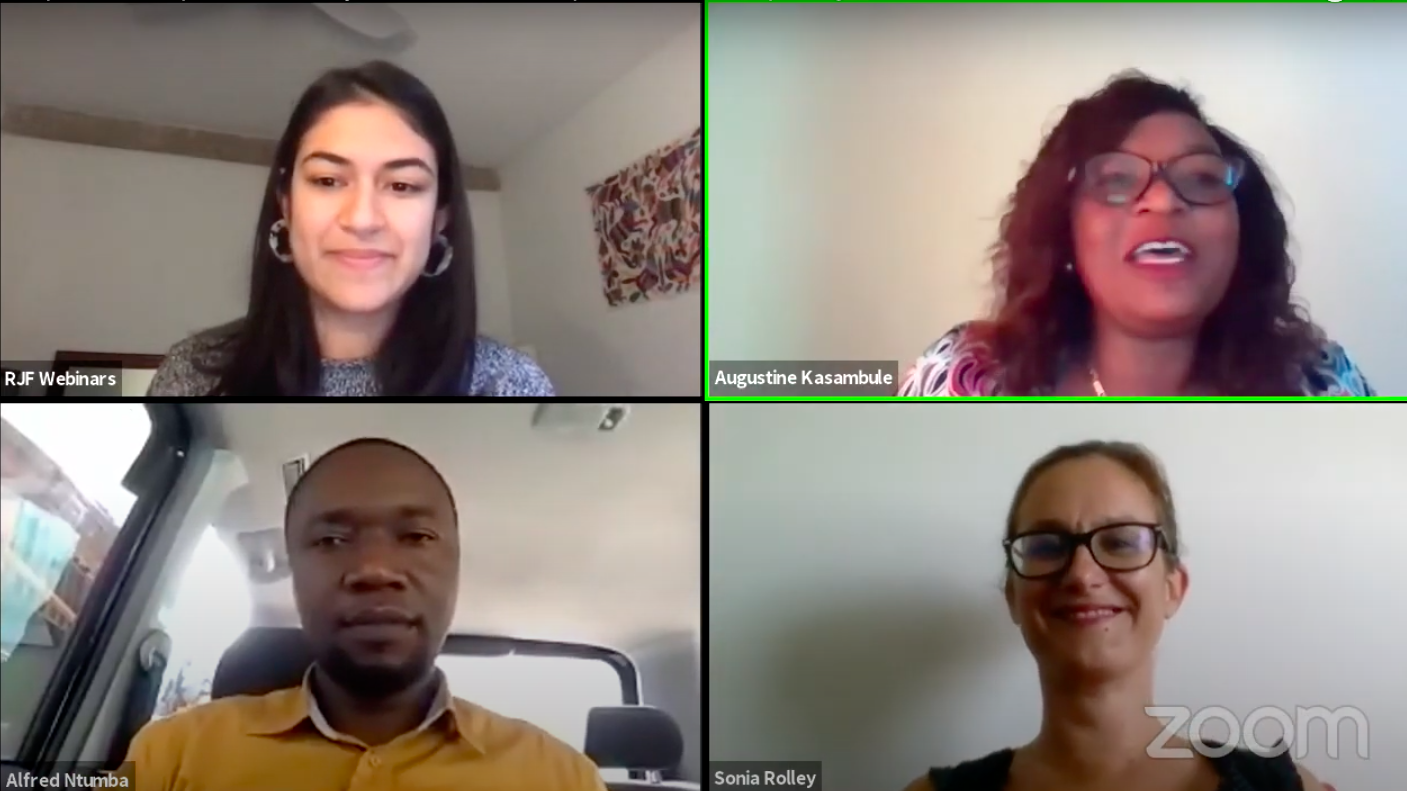
Increasingly, environmental journalists are making field reporting trips to gather information at the source. Field reporting aids journalists in their investigations of issues such as deforestation, land grabbing, and the environmental consequences of industrial activities. It can also help illustrate conservation initiatives in the Congo Basin.
However, in the course of their work, journalists may be confronted with risks related either to the site or the nature of their reporting.
With that context in mind, the Rainforest Journalism Fund (RJF) organized a webinar for journalists working in the Congo Basin that focused on preparation and protection for reporting in the field.
Considering that the success of research and the safety of journalists in the field depend on good preparation and knowledge of the inherent risks, the presenters in this webinar — the fourth module of a Congo Basin RJF series — shared their advice on reducing the risks for the journalists, their colleagues, their guides, and their sources.
Thinking About Safety
In her presentation, Sonia Rolley, a journalist at Radio France Internationale (RFI), highlighted the importance of clearly defining the objectives of a reporting trip before going to the field.
“The success of a mission,” Rolley said, “depends on its level of planning and preparation.”
When planning a news investigation, Rolley explained, look for angles that are new, unexpected, and feasible. Also, it is useful to find multiple angles within the story in order to maximize the utility of the time spent in the field.
Once the news angle has been established, it is necessary to determine the place and duration of the mission, to take into account the unexpected, and to know when to leave.
Another important element Rolley discussed is the choice of interview subjects. Choosing an angle for a story does not mean reducing the number of points of view; it is always necessary for journalists to represent many different perspectives.
In the mission-planning process, Rolley explained that it is crucial to weigh both editorial interest and security risks. Rolley said that in the field, journalists must think of worst-case scenarios, which include being killed, arrested, kidnapped, or beaten and that it’s important to know about the local authorities — organizations like the army, police, intelligence service, or militia — before arriving. Once the risks have been identified, appropriate countermeasures should be established before arriving in the field.
These countermeasures include finding appropriate local reporting partners, accommodation, and transportation. These measures also include bringing a necessities bag with equipment, personal belongings, and medication and finding a way to protect personal documents and money.
Once in the field, Rolley explained that it’s important to report to the appropriate authorities and meet with security forces if necessary.
Rolley added that to protect sources, it’s crucial to plan in advance the degree of anonymity you plan to offer and how you plan to ensure anonymity. To balance protected information, it is recommended that all parties involved be allowed to speak and none be harmed, and to ensure that they have full rights of reply.
What To Remember in the Field
Alfred Ntumba, coordinator at EnviroNews, presented additional tips on in-the-field reporting.
Through reporting, journalists are able to bring to life for readers, listeners, and viewers what they have experienced. Reporting is always carried out in the field, where the news takes place. To do that, the journalist meets with sources.
"All good reporting starts from ideas," Ntumba said.
To develop a good idea, journalists must ask themselves questions such as: What is really interesting to my target audience? What needs to change after my story is broadcast? A news story is defined at this level.
Ntumba described the field as a place of discoveries, surprises, and risks. He added that often the journalist is not welcome in the quest for information from the field, especially when this information concerns the government, multinational companies, or other powerful actors.
Faced with a multitude of information, the journalist must narrow the subject, identify the real sources, develop curiosity and critical thinking, develop a high sense of observation, and prepare questions.
There is never zero risk in the field, but with precautions, risk can be reduced.
One way to take precautions, according to Ntumba, is to be accompanied by reporting partners. In the process of systematically identifying the actors involved in a story, the reporter can be greatly assisted by finding allies in the field. Their role is to give or receive the mapping of the terrain. You must make sure you have your working tools (recorder, pens, notepad, etc.) and never rely on someone you do not know.
Ntumba also listed his own essentials for a reporting trip: Never forget a pharmaceutical box, avoid all odorous substances, because they attract insects, and take your bath kit, torch, knife, mosquito repellent, and sunglasses.
For journalists, Ntumba explained, it’s always crucial to remain discreet in the field.
"In the field, a journalist is like a secret agent."
The discussion ended with a question-and-answer session between the panelists and participants. The webinar was recorded and is available on YouTube at the link below.

